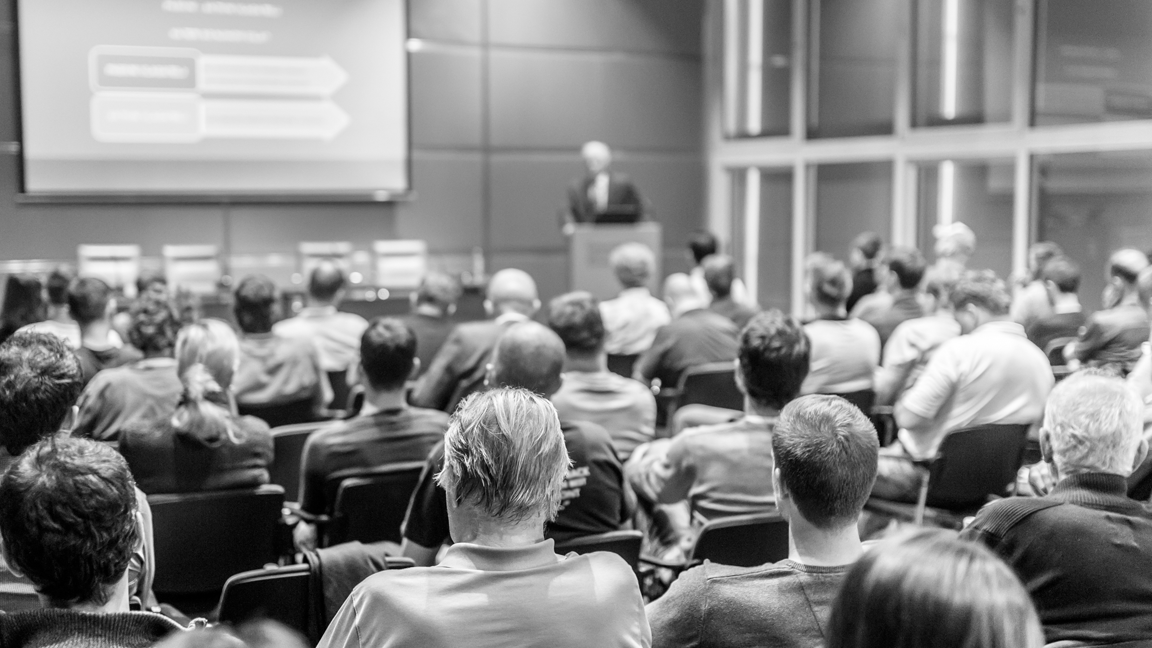Hybrid, Parallel, Multiple Audiences, Oh My!

Hybrid, Parallel, Multiple Audiences, Oh My!
Picture this, for the past two years, you’ve missed a conference you loved attending because of a pandemic and essentially an all events shutdown. But now, they’re back with promises of an epic experience whether you’re attending in-person or via an online component.
Your organization is still trying to recoup some funds, so only one of your team members is allowed to attend in-person. Your colleague registers for the in-person and you for the virtual. You both review the sessions and networking opportunities; earmark the ones you plan to attend and add the dates to your calendars.
It’s here; the live event! You log on, attend the sessions you can because with this hybrid, they have decided to stream every session room and you can’t possibly attend all of the sessions, nor do you have time to since you are also planning to participate in networking events offered for the hybrid experience. For the most part, your experience was positive. You got what you needed from it, but did you get what you wanted? Well, your teammate did. They come back and regale you with all of their feedback from their brilliant experience onsite and all of the additional items they were offered as an onsite attendee.
This happens more often than we like to think as event professionals when we host hybrid events. We think we’re doing our ENTIRE audience a solid by offering an online component, when in all actuality, the hybrid is falling short on delivering a satisfying experience for all audience types. We want our audience members to “share, not compare” when attending our events and conferences.
Share not compare… sounds simple, but in this new age of heightened expectations can be a complex strategy for not only the design, but also, the content. Where do we begin? Let’s take this in steps:
Step 1: We need to shift our thinking from “hybrid” to “parallel”. Parallel, what’s that? Glad you asked. When referring to events, parallel means designing one event with a different experience for two audiences as opposed to a hybrid which is an extension of an in-person event, streamed to an online audience.
Step 2: Survey your audiences while using legacy feedback as a starting point. Maybe curiosity did kill the cat, but not in this instance. Very rarely do conference attendees meet a survey they don’t want to take. Focus the questions on what they would like to see, learn, and experience at your upcoming events. In addition, for some of the questions, put an emphasis on what digital experiences they would like to be a part of; this way, the audience members planning to attend digitally get a sense of comfort that you are in fact planning specific experiences and content for all modalities. When reviewing legacy feedback, look specifically for how the user attended and what didn’t work for them or what was an unsatisfactory experience.
Step 3: Marketing and Promotions Planning. All promotions must be created equal. In the past, we’ve seen more focus placed on the in-person event marketing and promotions, however when including multiple modalities to your event, all promotions should include specific and inclusive information for the way the user chooses to attend. In addition, think about creating a marketing campaign per experience.
We think we’re doing our ENTIRE audience a solid by offering an online component, when in all actuality, the hybrid is falling short on delivering a satisfying experience for all audience types.
Leslie Bailey Tweet
Step 4: Content and engagement design. It’s more than creating memorable engagement opportunities; you need to create adventures! Think of each path a user can take to access your event or conference and create a suggested path for them. People thrive when presented with opportunities to choose, but at the same time, need and want guidance. Design content per engagement level opportunity. For example, group work or a mindfulness session would work well for an in-person audience, however it wouldn’t have the same effect or translate well to an online audience. For an online audience, think of designing content that can be easily accessed and shared through an online portal and in some cases, prior to the session so that users can be prepared and not scrambling at the time of the engagement opportunity.
Step 5: Consider time and space to design session schedules. While onsite attendees have dedicated their time to attending multiple sessions over multiple days, online audiences may not have the same dedication or mindset as in-person attendees. When designing session schedules, examine previous strategies that included back-to-back sessions for hours on end and session durations over 60 minutes and how you can reimagine the program to serve both audiences.
Redesigning and navigating a new set of expectations is going to be challenging and exciting as we take this moment to expand our mindset and really harness our creativity to include all audience types as they too, choose their preferred path for event experiences.

Categories
- Bee Wisdom (21)
- Business Intelligence (1)
- Case Studies (1)
- DE&I (1)
- Events (8)
- Experiential Marketing (2)
- Featured (3)
- Hyperlocal Events (1)
- Insights (48)
- Marketing (1)
- Pro Tips (33)



